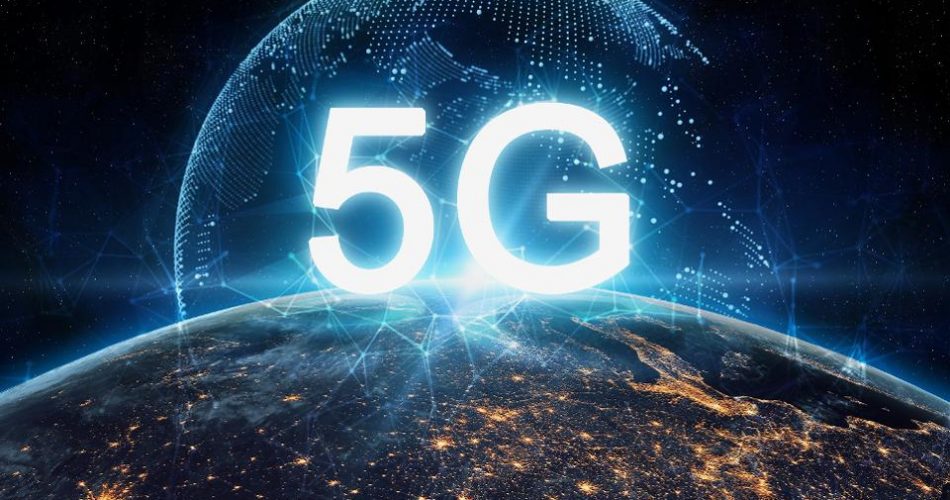Ericsson powers 5G base station with wireless energy
Wireless power could transform 5G economics

Ericsson has successfully tested the world’s first wirelessly powered 5G base station, a development that could dramatically change the model for 5G network building in the future.
One of the biggest challenges in building cellular networking infrastructure is the availability of electricity to power radio equipment and of fibre backhaul to transmit data to the rest of the network.
These requirements make it difficult to deploy masts in rural areas, or to build large, dense networks of antennas in urban areas. Given 5G will require much denser networks than previous generations of mobile technology, the need for more flexible solutions is critical.
- What is 5G? Everything you need to know
- These are the best business SIM-only deals around today
- And the best business broadband deals
Wireless power
The development of wireless backhaul has helped to solve the fibre challenge and it is hoped wireless power will do the same for the electricity conundrum.
In this latest trial, Ericsson partnered with PowerLight to use used optical beaming, a laser-based technology that convers electricity into high-intensity light which is captured and transformed into usable energy at the base station.
The technology was able to transmit hundreds of watts across hundreds of metres through the air, and also demonstrated the safety features of the optical beaming method. The laser beam is surrounded by a safety ring that automatically shuts down should a living or inanimate object cross its path, activating a battery.
From a telecoms perspective, the technology could make it easier to rapidly rollout street units, support emergency services, and provide temporary coverage boosts for sports events or music festivals.
Sign up to the TechRadar Pro newsletter to get all the top news, opinion, features and guidance your business needs to succeed!
“This opens new possibilities for Ericsson and our customers,” declared Kevin Zvokel, Head of Networks for Ericsson North America. “The ability to safely transfer power across distances without having to be connected to the power grid eliminates one of the big obstacles we have when building new cell sites. The time savings and flexibility gains will make this an attractive solution for our customers.”
However, the ability to transmit kilowatts of energy across long distances opens up possibilities beyond the industry. For example, the ability to transmit energy wirelessly could help power drones, IoT sensors, and streetlamps.
“Most people are aware that wireless charging technology is available today for small electronic devices, such as cell phones and watches,” added Claes Olsson, Executive Chairman, PowerLight Technologies.
“This breakthrough demonstration, which utilized the best innovative technology from PowerLight and Ericsson, underscores the major leaps we have made recently toward the commercialization of safe, wireless power transmission for larger-scale systems. PowerLight is developing systems today to transfer kilowatts of safe power over distances of kilometers that will be commercially available in the next few years.”
- These are the best 5G phones available today
- Keep your devices safe with the best surge protectors out there
Steve McCaskill is TechRadar Pro's resident mobile industry expert, covering all aspects of the UK and global news, from operators to service providers and everything in between. He is a former editor of Silicon UK and journalist with over a decade's experience in the technology industry, writing about technology, in particular, telecoms, mobile and sports tech, sports, video games and media.